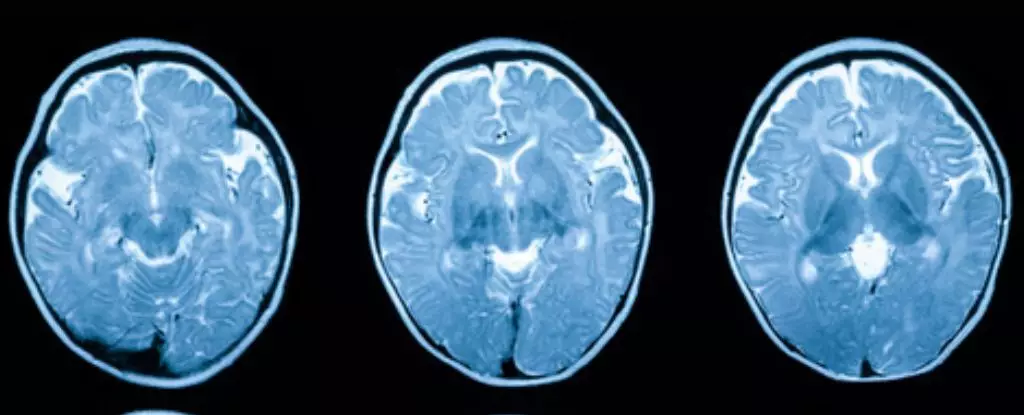Recent research indicates that the size of the human brain may be increasing over time, with younger generations showing larger brain volumes compared to older generations. A study conducted on more than 3,000 Americans between the ages of 55 and 65 found that individuals born in the 1970s have a 6.6 percent greater overall brain volume than those born in the 1930s. Additionally, Generation X members exhibited nearly 8 percent greater volume of white matter and almost 15 percent greater volume of gray matter surface area compared to the Silent Generation. This trend is particularly evident in the hippocampus, a brain region critical for memory and learning, which expanded by 5.7 percent in volume across successive generations.
The incidence of dementia has dropped by approximately 13 percent every decade in the US and Europe over the past thirty years, suggesting a potential link between brain size and long-term brain health. Dementia is characterized by a thinning of the brain’s gray matter, which plays a vital role in cognitive processes such as memory, learning, and reasoning. Larger brain volumes in younger generations may serve as a protective factor against age-related brain shrinkage associated with dementia. Research supports the ‘brain reserve hypothesis,’ indicating that individuals with larger brain sizes exhibit better cognitive performance, potentially offering resilience against neurodegenerative diseases like Alzheimer’s.
While genetics play a significant role in determining brain size, external factors such as health, social interactions, cultural influences, and educational opportunities also contribute to variations in brain volume. Environmental cues, lifestyle choices, and socioeconomic status can impact brain development and overall brain health. Factors like regular exercise, a nutritious diet, social engagement, and higher incomes have been associated with larger brain volumes and potential protection against cognitive decline in later life.
Not all neuroscientists agree on the concept of brain volume as a reliable indicator of cognitive reserve. Some studies have failed to establish a direct correlation between brain size and memory performance over time. While a larger brain may offer some protection against age-related brain diseases, it does not guarantee superior cognitive abilities. Brain function is influenced by a complex interplay of structural, functional, and environmental factors beyond mere size. The focus should be on overall brain health and maintenance rather than fixating on brain volume alone.
Understanding the relationship between brain size and dementia risk can guide future research endeavors aimed at improving brain health and cognitive resilience. Longitudinal studies tracking brain changes over time in relation to lifestyle factors, socioeconomic status, and genetic predispositions are essential for unraveling the complexities of brain development and aging. By identifying modifiable risk factors and protective measures that promote optimal brain health, researchers can pave the way for innovative interventions targeting brain-related disorders and cognitive decline.
While the increasing brain size observed in younger generations may offer some protective benefits against dementia and age-related cognitive decline, it is essential to consider a holistic approach to brain health that encompasses a wide range of influencing factors. The evolving landscape of neuroscientific research holds promise for uncovering new insights into the intricacies of brain structure, function, and resilience in the face of neurodegenerative diseases. By exploring diverse avenues of investigation and integrating multidisciplinary perspectives, we can advance our understanding of brain health and enhance strategies for promoting cognitive well-being across the lifespan.


Leave a Reply